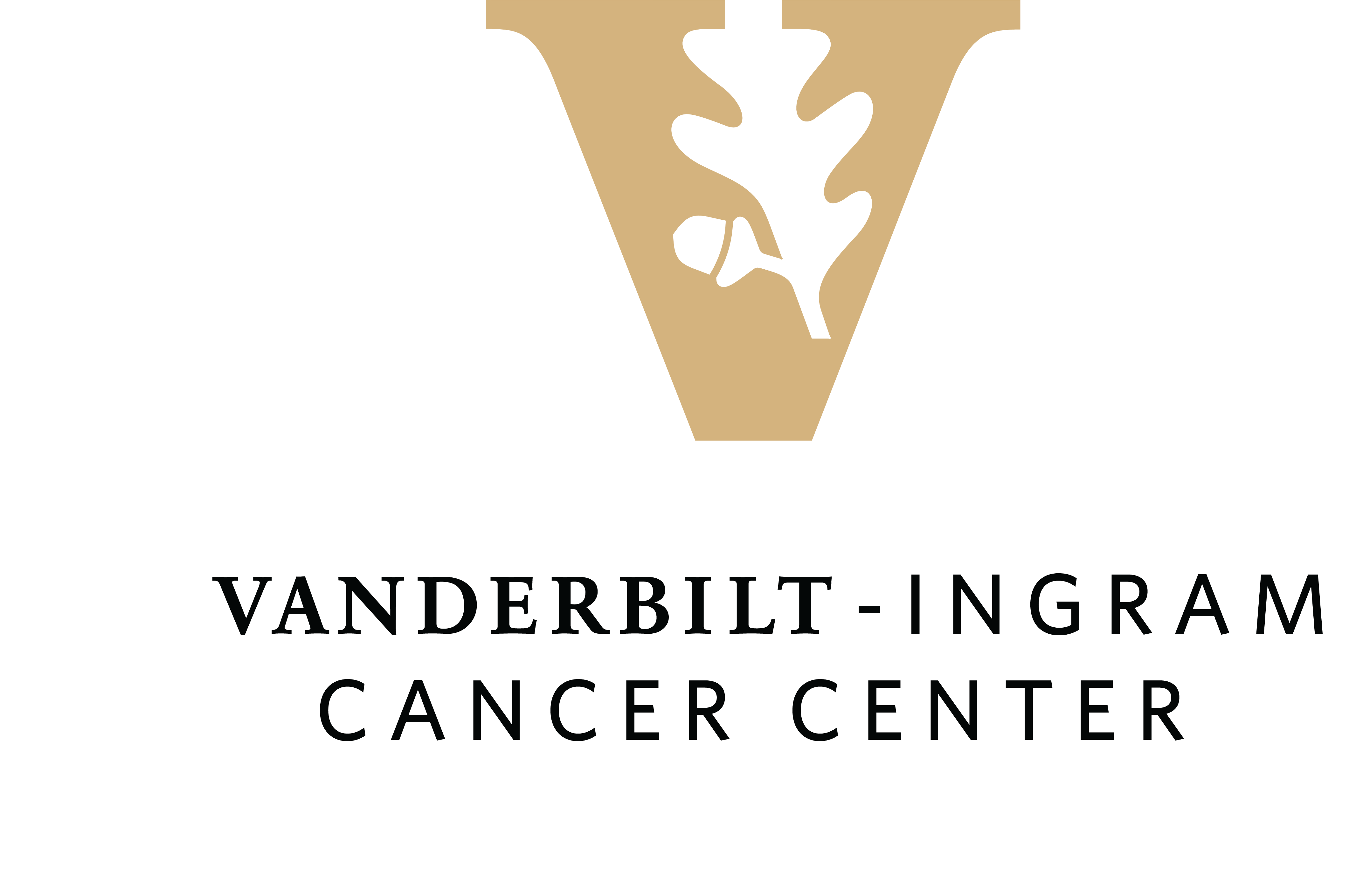
- February 2023
- Volume 17
- Issue 1
Considerations for Premenopausal Women With TNBC

Triple-negative breast cancer often occurs in women younger than 40.
Breast cancer is the leading cancer diagnosed in women in the United States, with 287,850 cases projected for 2022.1 Approximately 9% of US breast cancers are diagnosed in women under 45.2 To ensure early detection, breast cancer screening is recommended as early as possible. A comprehensive approach to screening includes breast self-awareness, office visits inclusive of breast cancer risk assessment and clinical exam, and mammography. For those at average risk, screening mammography is recommended beginning at age 40 years.3 Although the best interval for screening mammograms is debated, the consensus remains that mammography is the most effective tool for early detection.4 As the following case illustrates, it is important for advance
practice nurses to be knowledgeable about the appropriate workup for breast complaints in younger women who are not yet having screening mammograms.
Patient Case
A 33-year-old woman presented to clinic in June 2022 with a history of fibrocystic breast changes and a benign right-breast fibroadenoma, which had been diagnosed via core needle biopsy in 2014. She reported a history of waxing and waning breast lumps and a left breast upper inner quadrant lump that had recently grown from pea-sized to quarter-sized within the span of a month. Her gynecologist had ordered a bilateral diagnostic mammogram and left breast ultrasound in May 2022. The result showed that the breast parenchyma was extremely dense. Right breast mass on mammogram and ultrasound with benign characteristics had been stable since 2014. On mammogram, under the palpable left breast marker was a mass-like loosely grouped area of coarse calcifications.
On ultrasound, a hypoechoic mass measuring 25 × 23 × 15 mm was reported at approximately 10 o’clock at 6 cm distance from the nipple. A recommendation was made for an ultrasound-guided biopsy and BI-RADS 4 imaging for suspicious abnormality. In women over 30, the standard of care for a new palpable symptom diagnostic is mammogram and ultrasound followed by a core needle biopsy for BI-RADS 4 or 5 imaging findings.3 Pathology results revealed invasive mammary carcinoma of no special type, a high combined histologic grade, a high proliferative rate, and estrogen receptor-negative, progesterone receptor-negative, HER2 immunohistochemistry (IHC)–negative, and HER2 fluorescence in situ hybridization (FISH)-negative status (ratio 1.10). Based on imaging and physical exam findings, the patient was diagnosed with clinical stage II triple-negative breast cancer (TNBC).
Surgical oncology and medical oncology consultations were scheduled within 1 week, and a neoadjuvant approach was chosen. Traditionally, TNBC has been treated with dose-dense doxorubicin plus cyclophosphamide every 2 weeks for 4 cycles, followed by 12 cycles of weekly paclitaxel with or without carboplatin every 3 weeks. Findings from the KEYNOTE-522 study (NCT03036488) showed that 64.8% of patients achieved a pathologic complete response with the addition of pembrolizumab (Keytruda) to neoadjuvant chemotherapy in early-stage TNBC compared with 51.2% in the placebo-chemotherapy group.5 Thus, after discussion with her oncologist, the patient elected to proceed with a regimen of pembrolizumab/doxorubicin/ cyclophosphamide every 3 weeks followed by weekly paclitaxel plus carboplatin and every-3- week pembrolizumab.
As part of routine oncology care, patient education was provided regarding port-a-cath placement to safely administer chemotherapy, and a baseline echocardiogram was obtained prior to starting doxorubicin. She had no significant family history of breast cancer, but given her age, genetic counseling and testing were indicated. Results later confirmed that no pathogenic mutations were found.
Additionally, given nulliparous status, it was important to discuss fertility and ovary function preservation with the patient. Cyclophosphamide and doxorubicin both carry risks for infertility and ovarian insufficiency.6,7 The patient was referred to a fertility center to discuss egg harvesting but ultimately elected not to proceed with it. To date, the only approved medication for ovarian function preservation is a gonadotropin-releasing hormone agonist.7 After a discussion with the medical oncology team, the patient elected to start leuprolide injections monthly while receiving neoadjuvant chemotherapy. Research is limited regarding fertility preservation for women of different ages with various chemotherapy regimens, thus conversations among patients, oncologists, and fertility specialists are recommended.6
To date, the patient highlighted in this case study has completed 4 cycles of neoadjuvant pembrolizumab/doxorubicin/cyclophosphamide followed by 7 weekly treatments with carboplatin plus paclitaxel along with pembrolizumab every 3 weeks. One key adverse event which required attention throughout her neoadjuvant treatment has been neutropenia. She was hospitalized with neutropenic fever following cycle 1 of neoadjuvant pembrolizumab/doxorubicin /cyclophosphamide. No source of infection was found. Consequently, pegfilgrastim was added to her second cycle 2 neoadjuvant pembrolizumab/doxorubicin/ cyclophosphamide. Despite the addition of pegfilgrastim (Neulasta), she continued to experience difficulty with neutropenia and thus doxorubicin and cyclophosphamide was reduced to 80% with cycle 3 and to 75% by cycle 4. Because of her history of neutropenia, she received daily filgrastim for 3 days following her weekly paclitaxel. At week 7, when the patient was still experiencing neutropenia, this was increased to 5 days. Carboplatin was not omitted completely given her history of neutropenia and negative BRCA mutation.
Implications for Practice
TNBC often occurs in women younger than 40, yet this demographic is not routinely screened with mammography. Advanced practice nurses must be able to evaluate breast complaints in women of all ages and order appropriate diagnostics. Fertility preservation is an important consideration for many premenopausal women diagnosed with breast cancer. Individualized breast cancer care requires interdisciplinary collaboration among oncology specialists, nurses, genetics counselors, fertility experts, and others.
References
- Key statistics for breast cancer. American Cancer Society. Accessed January 3, 2023.
https://bit.ly/3iuDEsE - Bring Your Brave campaign. Centers for Disease Control and Prevention. Accessed January 3, 2023.
https://bit.ly/3ZslVD6 - NCCN. Clinical Practice Guidelines in Oncology. Breast cancer screening and diagnosis, version 1.2022. Accessed January 10, 2022.
https://bit.ly/2CaWhKq - Schub T, Holle MN. Breast cancer screening: women at high risk. CINAHL Nursing Guide. EBSCO Publishing, (Ipswich, Massachusetts), 2018 Jun 08.
- Schmid P, Cortes L, Pusztai H, et al. Pembrolizumab for early triple-negative breast cancer. N Engl J Med. 2020;382(9): 810-821. doi:10.1056/NEJMoa1910549
- Fertility after chemotherapy. Breastcancer.org. Updated June 29, 2022. Accessed January 10, 2022.
https://bit.ly/3IEjnvn - Arecco L, Ruelle T, Martelli V, et al. How to protect ovarian function before and during chemotherapy? J Clin Med. 2021;10(18):4192. doi:10.3390/jcm10184192
Articles in this issue
almost 3 years ago
A Plea to Let Patients With Cancer “Just Eat”almost 3 years ago
Prior Authorization Is Top Administrative Challenge of 2023almost 3 years ago
Updates in Triple-Negative Breast Cancer Treatmentalmost 3 years ago
Preparing Patients for CAR T-Cell Therapy With ConfidenceNewsletter
Knowledge is power. Don’t miss the most recent breakthroughs in cancer care.













































































